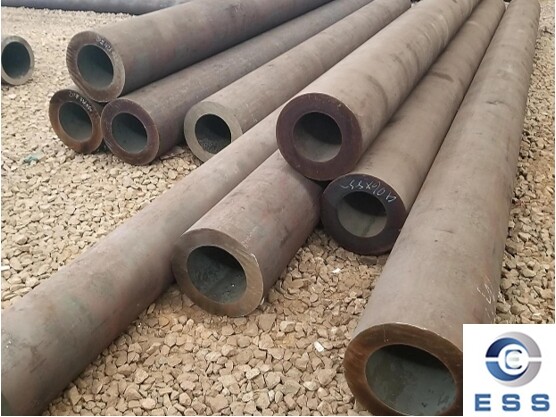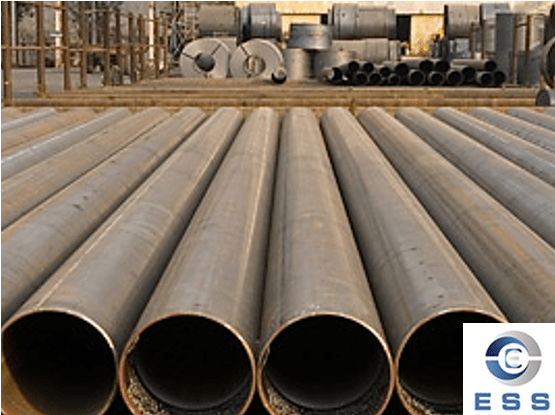
Boiler
tube refers to steel products with openings at both ends and a hollow
section, with a large ratio of length to circumference. They are mainly
divided into seamless
steel pipe and welded
steel pipe. In boiler manufacturing and application, high-pressure boiler
tube and ordinary boiler tube (low and medium pressure boiler tubes) are two
common pipes. They have significant differences in many aspects, which
determine their respective application scenarios and performance
characteristics. There are significant differences between high-pressure boiler
tubes and ordinary boiler tubes in many aspects. The following are the main
differences between them:
Implementation standards
High-pressure boiler tubes implement the
GB/T5310-2018 standard. Ordinary boiler tubes (low and medium pressure boiler
tubes) implement the GB/T3087-2018 standard.
Use environment
The working pressure of high-pressure
boiler tubes is generally above 9.8Mpa, and the working temperature is between
450℃ and 650℃.
The working pressure of ordinary boiler
tubes (low and medium pressure boiler tubes) is generally not more than
5.88Mpa, and the working temperature is below 450℃.
Material
High-pressure boiler tubes are suitable for
materials such as 20G, 20MnG, 25MnG, 15MoG, 20MoG, 12CrMoG, 15CrMoG, 12Cr2MoG,
12CrMoVG, 12Cr3MoVSiTiB, etc.
Ordinary boiler tubes (low and medium
pressure boiler tubes) usually use materials such as 10# and 20#, which have good
mechanical properties and certain heat resistance and are suitable for low and
medium pressure boilers.
Performance requirements
High-pressure boiler tubes are often in
high temperature and high pressure, high temperature flue gas and water vapor
environments, so they have high requirements for materials, such as high
durability, high oxidation resistance and organizational stability.
Although ordinary boiler tubes also need
high temperature resistance, pressure resistance and oxidation corrosion
resistance, their requirements are relatively low.
Price
Due to the special requirements of
materials and performance, the price of high-pressure boiler tubes is usually
higher than that of ordinary boiler tubes. The manufacturing process of
high-pressure boiler tubes is usually more complicated and the material cost is
higher, so the market price is relatively high.
Uses
High-pressure boiler tubes are mainly used
to manufacture reheater tubes, gas guide tubes, superheater tubes, etc. of
high-pressure and ultra-high-pressure boilers. These parts need to withstand
extremely high pressure and temperature, so high-pressure boiler tubes must be
used.
Ordinary boiler tubes are used to
manufacture superheated steam tubes and boiling water tubes of various
structural boilers. The working environment of these parts is relatively mild,
and ordinary boiler tubes can meet their use requirements.
Testing and inspection
In addition to conventional mechanical
property tests, flattening and water pressure tests, high-pressure boiler tubes
also require grain size inspection and more stringent non-destructive testing.
The testing and inspection requirements of
ordinary boiler tubes are relatively low, mainly conventional mechanical
property tests and water pressure tests to ensure their reliability in low and
medium pressure environments.
Summary
In summary, there are significant
differences between high-pressure boiler tubes and ordinary boiler tubes in
terms of implementation standards, use environment, materials, performance
requirements, prices, uses, and testing and inspection. These differences
enable them to meet the use requirements in different working environments.













 Eastern Steel Manufacturing Co.,Ltd not only improve product production and sales services, but also provide additional value-added services. As long as you need, we can complete your specific needs together.
Eastern Steel Manufacturing Co.,Ltd not only improve product production and sales services, but also provide additional value-added services. As long as you need, we can complete your specific needs together.










